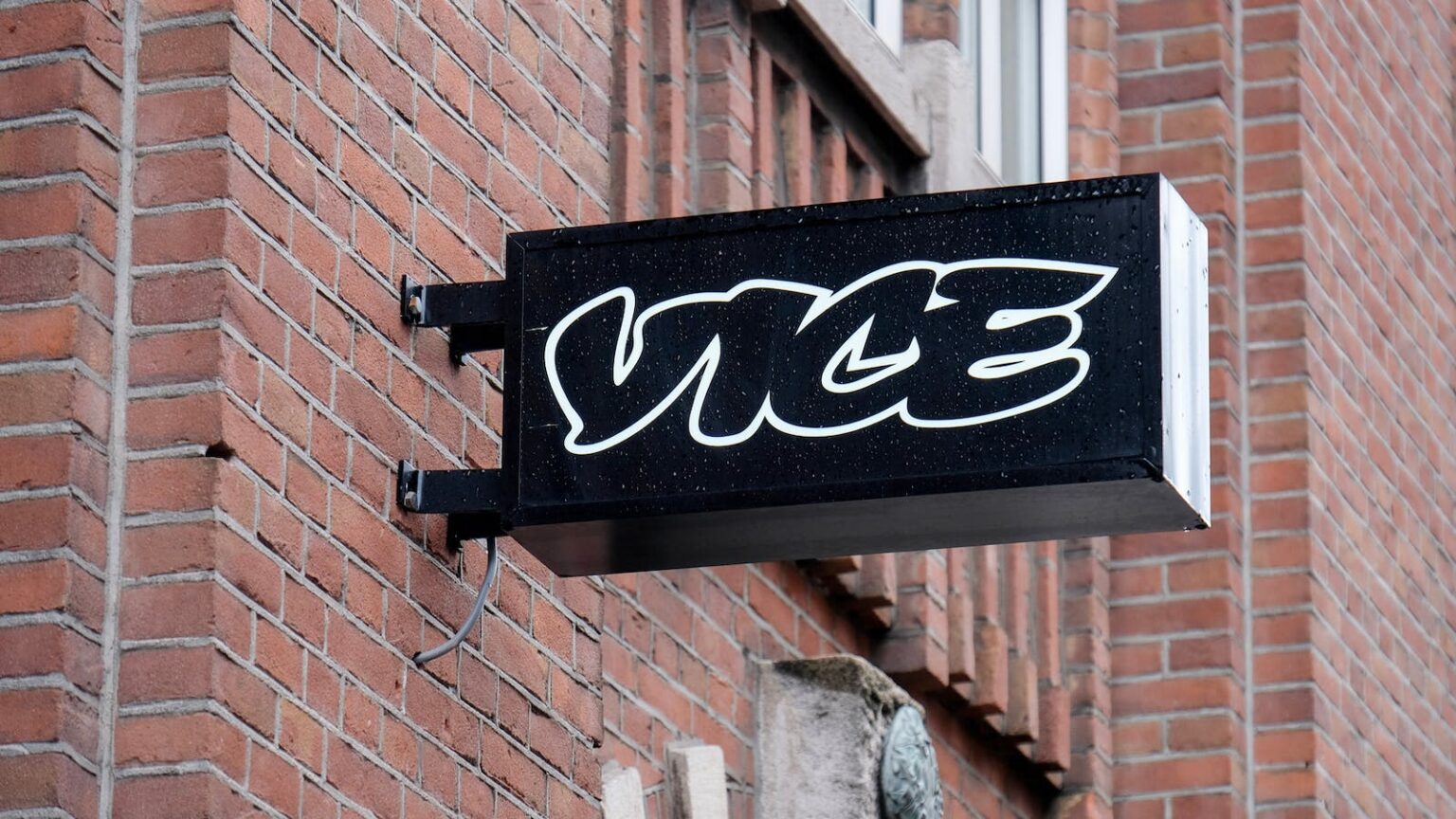Just six years ago, Vice Media was cruising towards a potential IPO, boasting a valuation of $5.7 billion. Today, the once formidable media company has succumbed to Chapter 11 bankruptcy.
Vice’s lenders – Fortress Investment Group, Soros Fund Management, and Monroe Capital, have collectively agreed to purchase the beleaguered company for a meager $225 million, approximately 4% of its 2017 worth. However, Vice retains the option to sell to any higher bidder that might emerge.
Vice’s co-CEOs, Bruce Dixon and Hozefa Lokhandwala, maintain a positive outlook. In a recent press statement, they claimed, “This expedited, court-supervised sale will revitalize the company and set Vice up for sustained growth in the future. With new ownership, a simplified capital structure, and the removal of legacy liabilities, we’re freeing our business from the burdens of the past.”
The media industry has been on a rough ride, with Vice’s bankruptcy further clouding the outlook. Recent developments have seen BuzzFeed News, a Pulitzer Prize winner, close its doors as part of an overarching layoff impacting 15% of the company’s workforce. MTV News, too, has ceased operations, resulting in 25% job cuts at its parent company, Paramount. Vice hasn’t been immune to these changes, shutting down its TV program “Vice News Tonight” and several verticals like Vice World News, Vice Audio, and Waypoint.
Also Read Unleashing Women’s Potential: Tech Companies Leading The Way In Empowering Malaysia’s Workforce
However, Vice’s predicament cannot be solely attributed to the industry’s troubles. A mix of poor management decisions during the “pivot-to-video” era and an alleged “boy’s club” work culture set the stage for Vice’s downfall. Accusations of sexual harassment and a series of managerial blunders led to a leadership shakeup, with founder and CEO Shane Smith stepping down. His successor, Nancy Dubuc, also resigned suddenly in February amid the company’s financial disarray.
As per Vice’s financial disclosures, the company is staggering under approximately $834 million in debt. During the ongoing sale process, which is expected to last several months, Vice will have access to over $20 million in financing from its lenders to maintain operations.
















